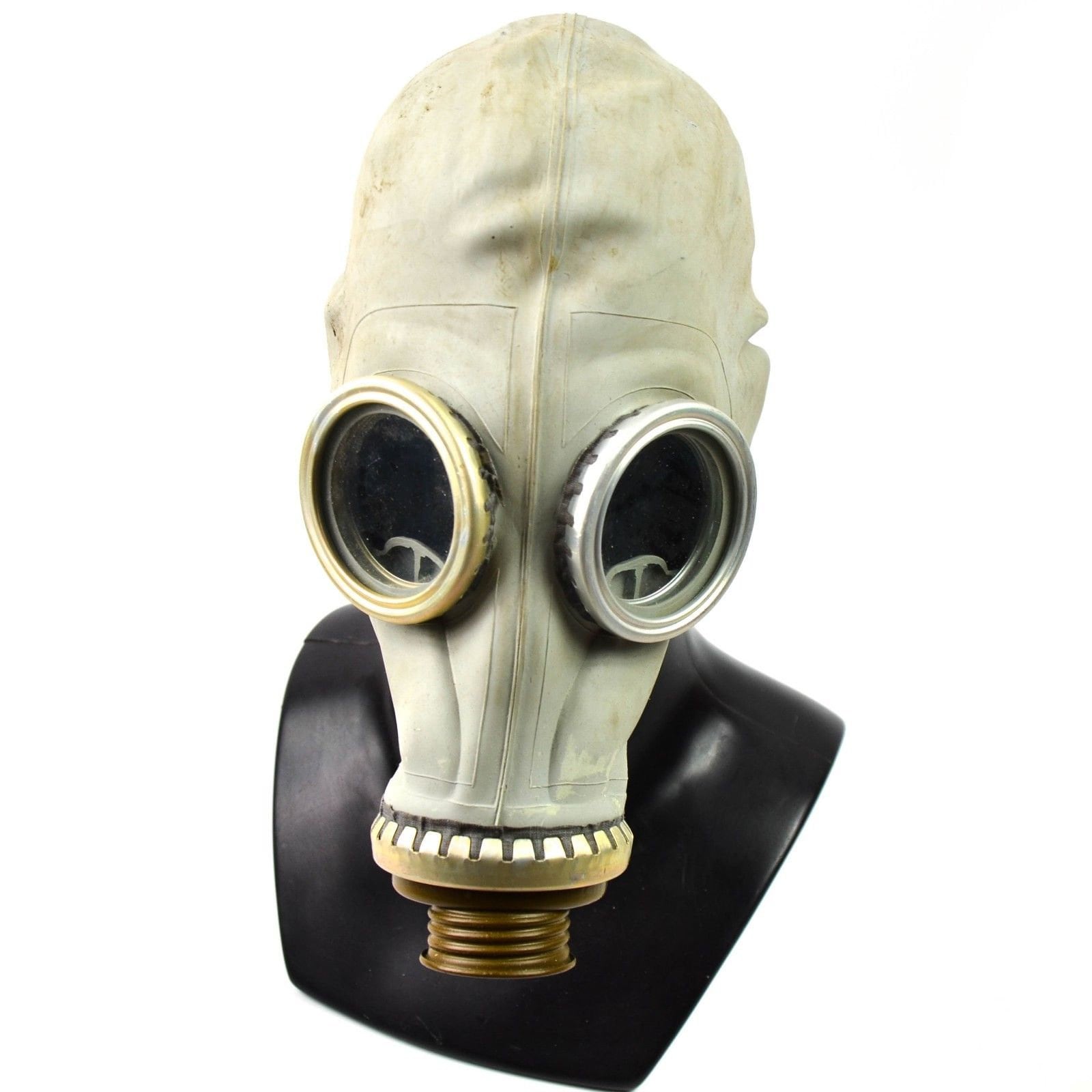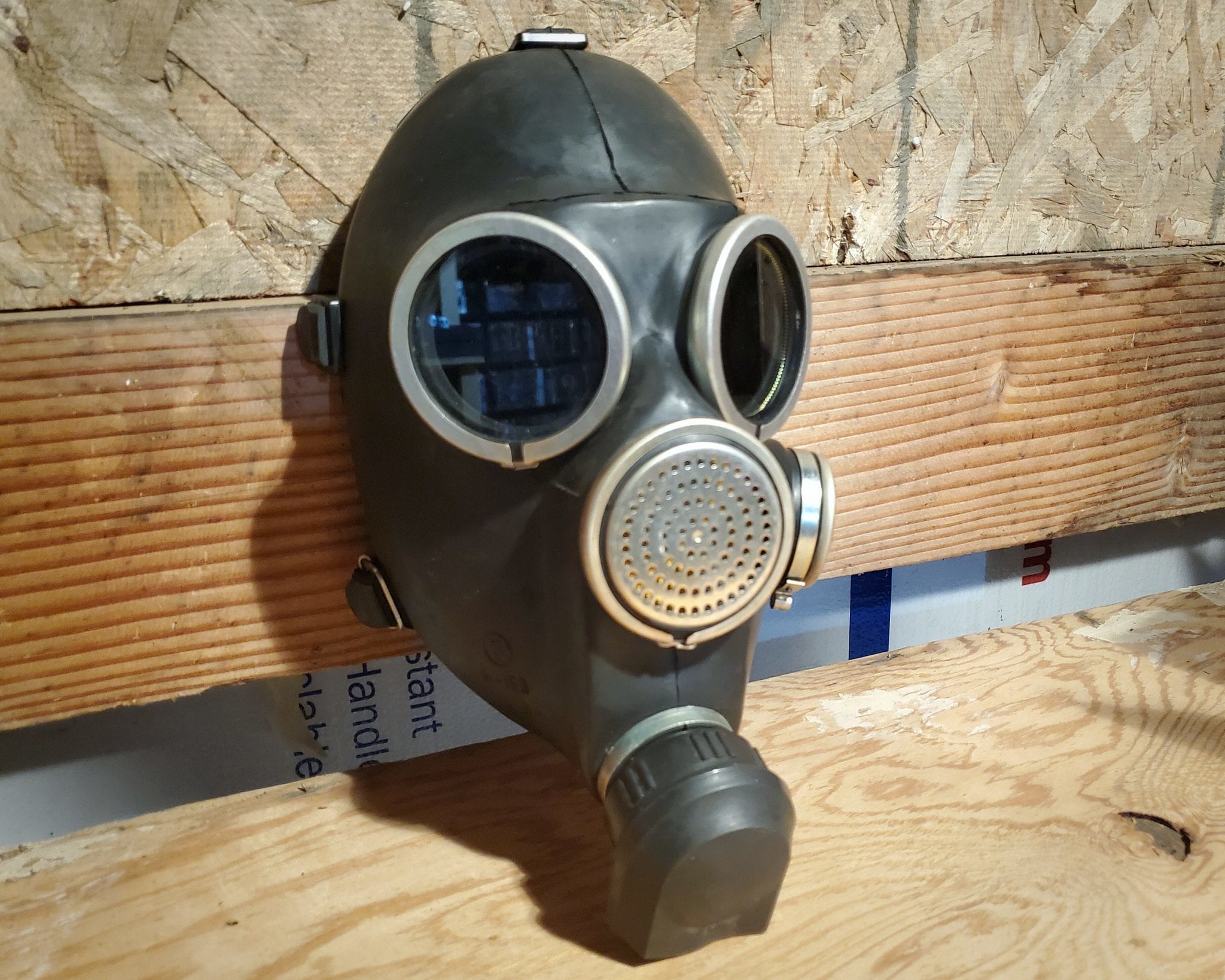

The exhale valve component is made up 2 valves, one internal and one external. The style of the Voice Diaphragm Cover protects the membrane underneath from damage due to heat and rocket fuel fumes. The 2 main differences include its Voice Diaphragm Cover (which is similar to that of the ШМС-Р Face-piece or PRV-U Gas Mask), the separation of the Filter Input and Exhale Valve and the absence of ‘ear holes’. The SHM-70R is a helmet-style respirator that bears a slight resemblance to the ШМ-66м (PMG-2 Face-piece). The PRVM Kit consisted of the SHM-70R (ШМ-70Р) Face-piece, a carrier bag, a КРВ-М filter (not pictured), anti-dimming lenses and NMU-1M insulating outserts. This was replaced by the PRV-U in the mid-1970s and the PRV-M in the 1980s. Made by: This example was made in Yaroslavlĭescription: The first gas mask developed for use by Russian missile handlers and rocket refuelers was the PRV. Used by: Missile Handlers/Rocket Refuelers This Mask was produced in the first quarter (between January and April) of 1981

These were sewn together at home.Ĭopies of this mask include the Czech OR1 which was produced out of white fabric and had round lenses, instead of the conventional rectangular ones displayed by its Russian counterpart. PTM-1s were produced by civilians who were taught to cut the mask’s pattern through public demonstration. This range of diversity is due to the use of both new and worn textiles, which could be used so long as the material was not threadbare or soiled. The mask was made in 7 sizes and has been observed in a wide variety of colours including: white grey green blue red and the odd ‘pyjama colour scheme’. 2 celluloid, plastic or glass eyepieces were integrated into the front of the mask, providing the individual with a field of view. The mask’s simple design consisted of a fabric (coarse calico, staple/knitted linen or plaid) body made up of 2 parts and held onto the user’s head by elastic straps. This is justified by a translated publication released by the US Army Foreign Science and Technology Center in 1965 (original document published in 1963). As many of the trainees brought different coloured supplies with them, many variants arose)ĭescription: The PTM-1 Anti-dust mask was used by Russian civilians throughout the 1960s as a form of protection from radioactive dust (arising from nuclear fallout that follows the detonation of a nuclear bomb).
RUSSIAN GAS MASK HOW TO
Public Instructors taught trainees how to cut out and sew up these Masks from fabric. Made by: Civilians (These masks were produced by Civilians, for Civilians. Years used: Assumed to have been used throughout the 1960s - 1970s.


 0 kommentar(er)
0 kommentar(er)
